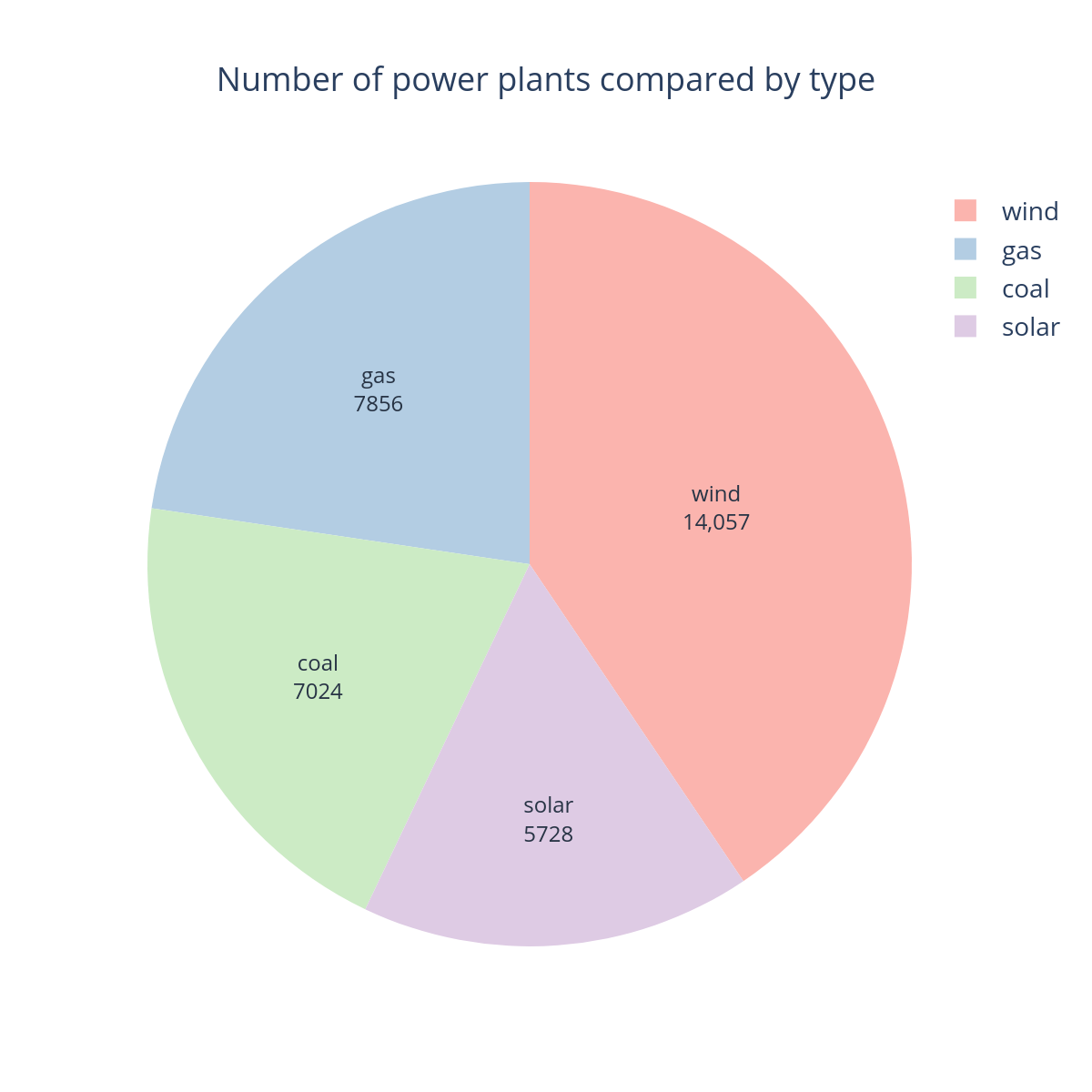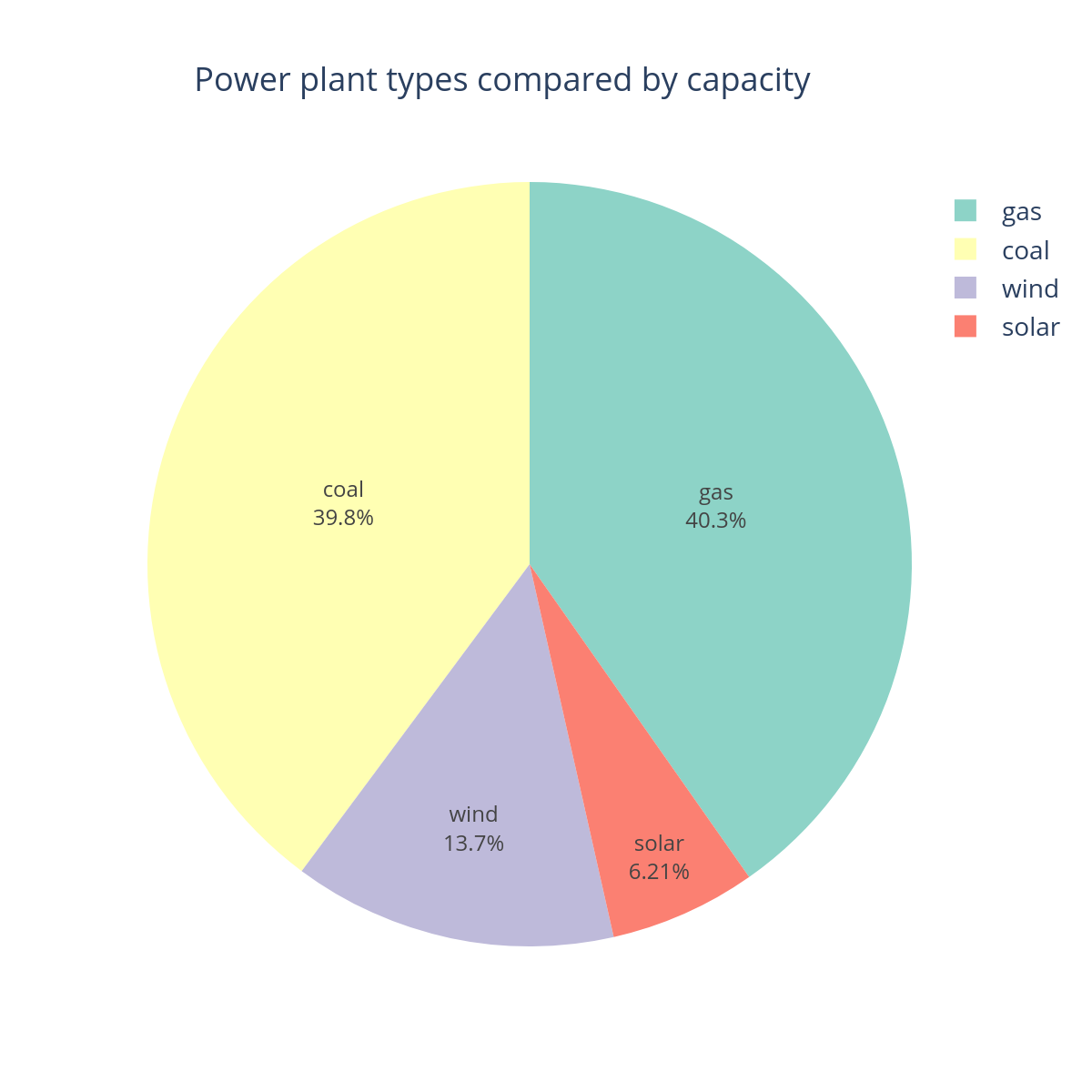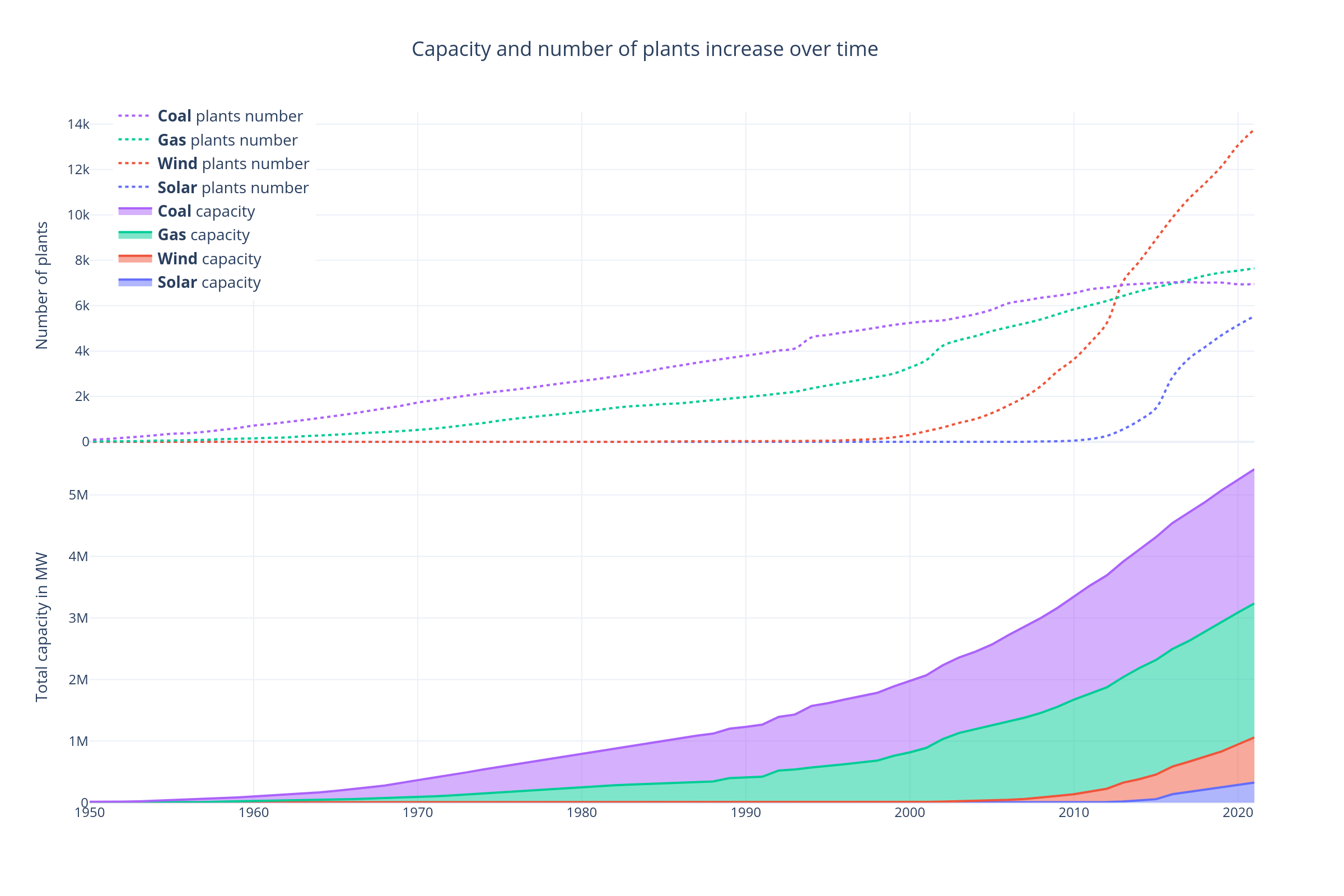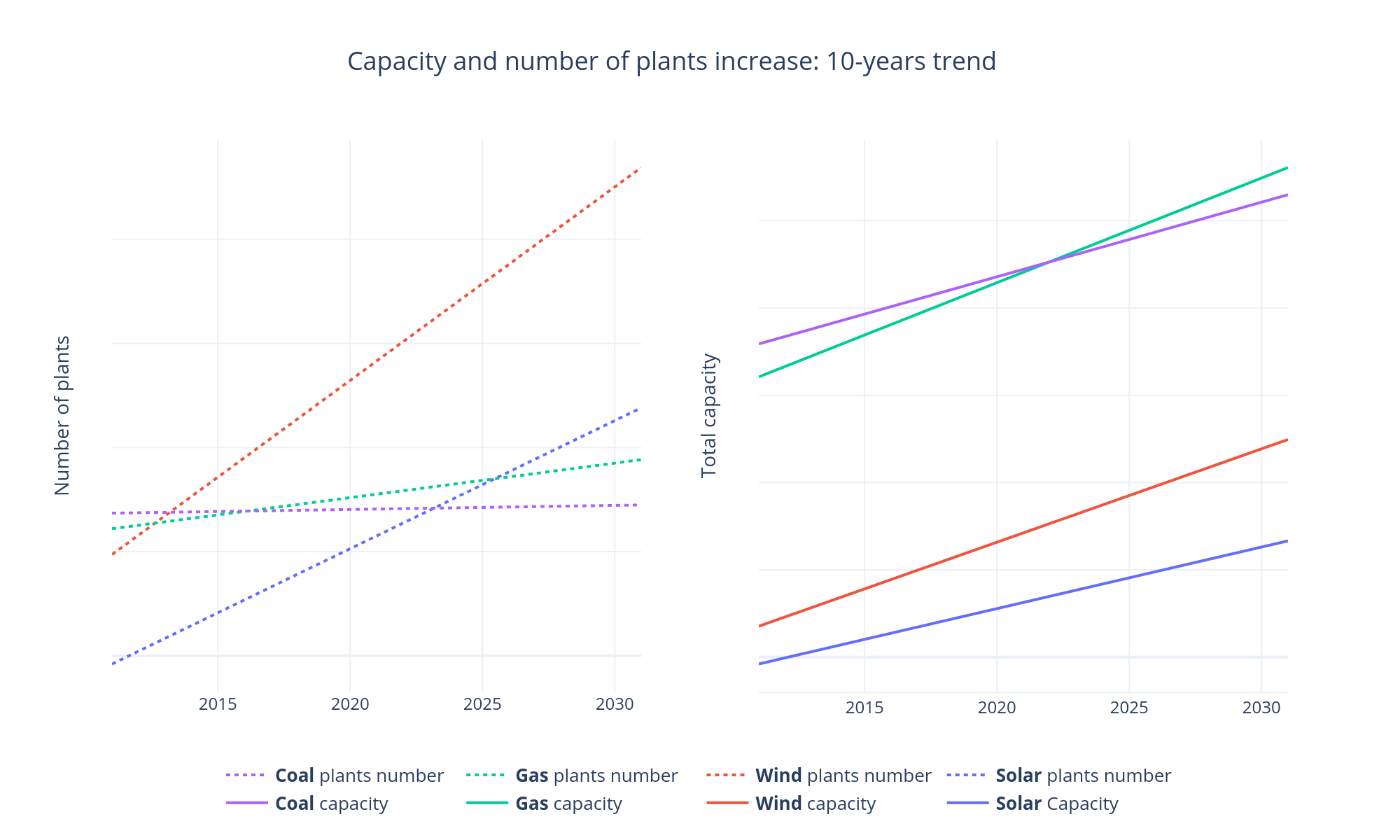Although the last few decades have seen a more gradual increase in the number of power plants that use renewable sources of energy—sun and wind—their numbers do not produce enough energy to compete with fossil fuel powered stations.
Assuming that the last 10 years’ growth rate will continue, the capacity of solar and wind power will increase at the same rate as fossil fuel plants.
The amount of solar and wind power produced is dictated mostly by each country’s needs—its economics and population—rather than geography. However, it is fair to say that sunny countries, when compared to others, tend to use more solar energy than wind.
The top ten "Green" countries are very different from one another, which means that we can't tell if solar and wind power will be popular in a country based on geography, population, economics, or culture. Each country chooses its own path.




